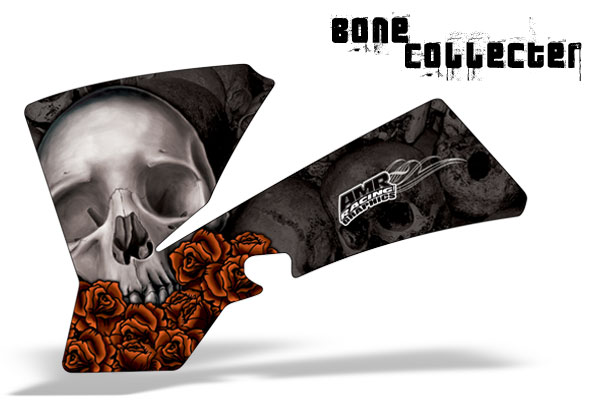Bone Collector
Time Limit: 2000/1000 MS (Java/Others) Memory Limit: 32768/32768 K (Java/Others)Total Submission(s): 52312 Accepted Submission(s): 22049
Problem Description
Many years ago , in Teddy’s hometown there was a man who was called “Bone Collector”. This man like to collect varies of bones , such as dog’s , cow’s , also he went to the grave …
The bone collector had a big bag with a volume of V ,and along his trip of collecting there are a lot of bones , obviously , different bone has different value and different volume, now given the each bone’s value along his trip , can you calculate out the maximum of the total value the bone collector can get ?

The bone collector had a big bag with a volume of V ,and along his trip of collecting there are a lot of bones , obviously , different bone has different value and different volume, now given the each bone’s value along his trip , can you calculate out the maximum of the total value the bone collector can get ?

Input
The first line contain a integer T , the number of cases.
Followed by T cases , each case three lines , the first line contain two integer N , V, (N <= 1000 , V <= 1000 )representing the number of bones and the volume of his bag. And the second line contain N integers representing the value of each bone. The third line contain N integers representing the volume of each bone.
Followed by T cases , each case three lines , the first line contain two integer N , V, (N <= 1000 , V <= 1000 )representing the number of bones and the volume of his bag. And the second line contain N integers representing the value of each bone. The third line contain N integers representing the volume of each bone.
Output
One integer per line representing the maximum of the total value (this number will be less than 2
31).
Sample Input
1 5 10 1 2 3 4 5 5 4 3 2 1
Sample Output
14
Author
Teddy
Source
#include <iostream>
#include<stdio.h>
#include<stdlib.h>
#include<string.h>
using namespace std;
#define N 1001
int dp[N];
int c[N],w[N];
int main()
{
int t,n,v;
scanf("%d",&t);
while(t--)
{
scanf("%d%d",&n,&v);
for(int i=0;i<n;i++)
scanf("%d",&c[i]);
for(int i=0;i<n;i++)
scanf("%d",&w[i]);
memset(dp,0,sizeof(dp));
for(int i=0;i<n;i++)
{
for(int j=v;j>=w[i];j--)
dp[j]=max(dp[j],dp[j-w[i]]+c[i]);
}
printf("%d\n",dp[v]);
}
return 0;
}

























 1万+
1万+

 被折叠的 条评论
为什么被折叠?
被折叠的 条评论
为什么被折叠?








